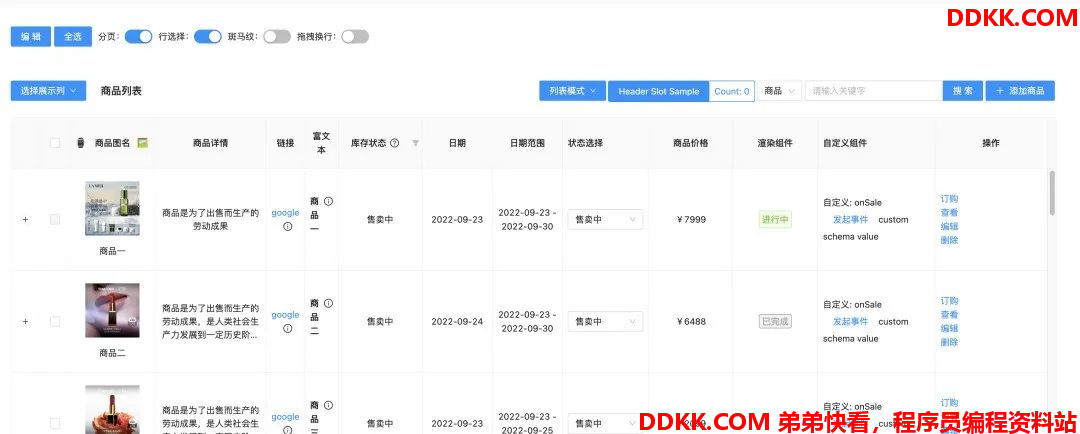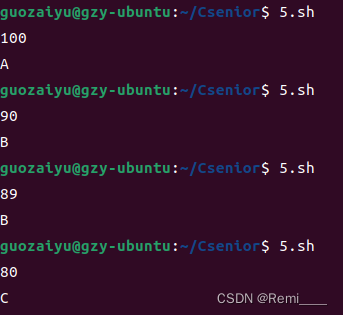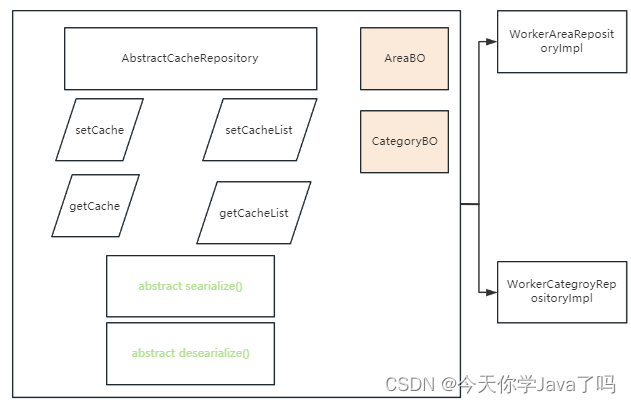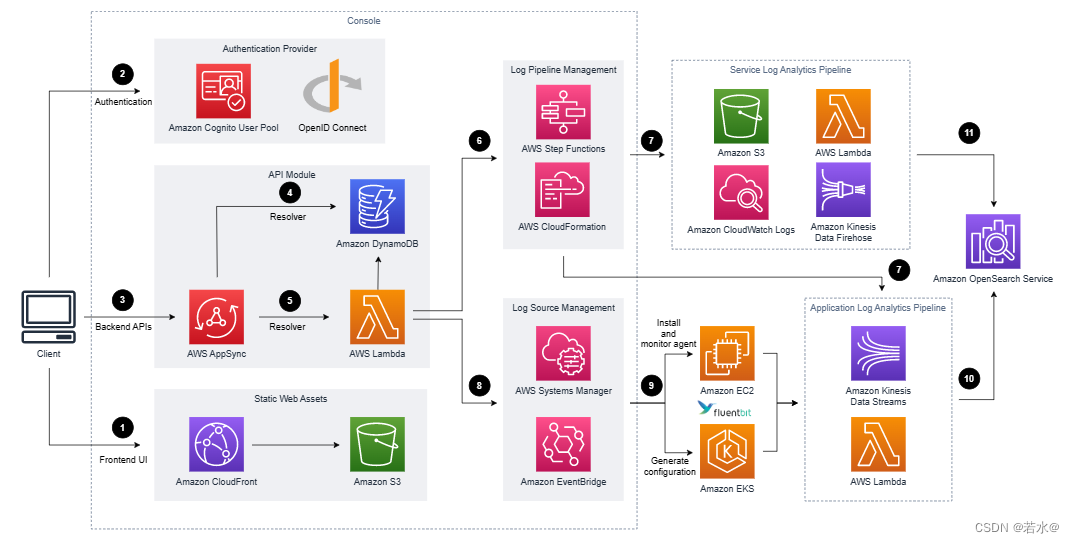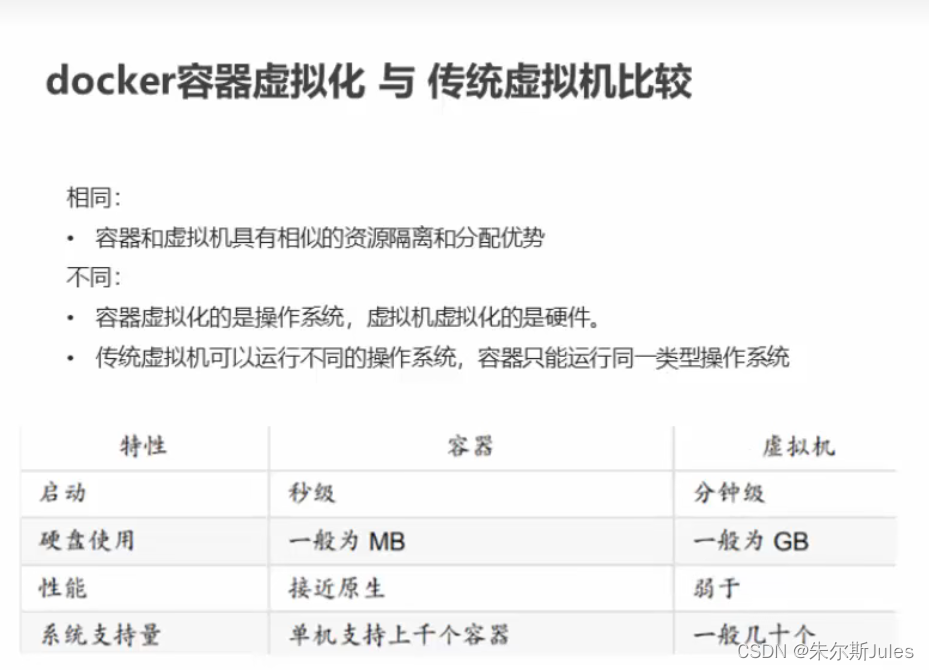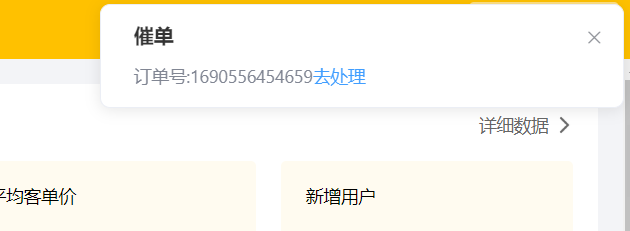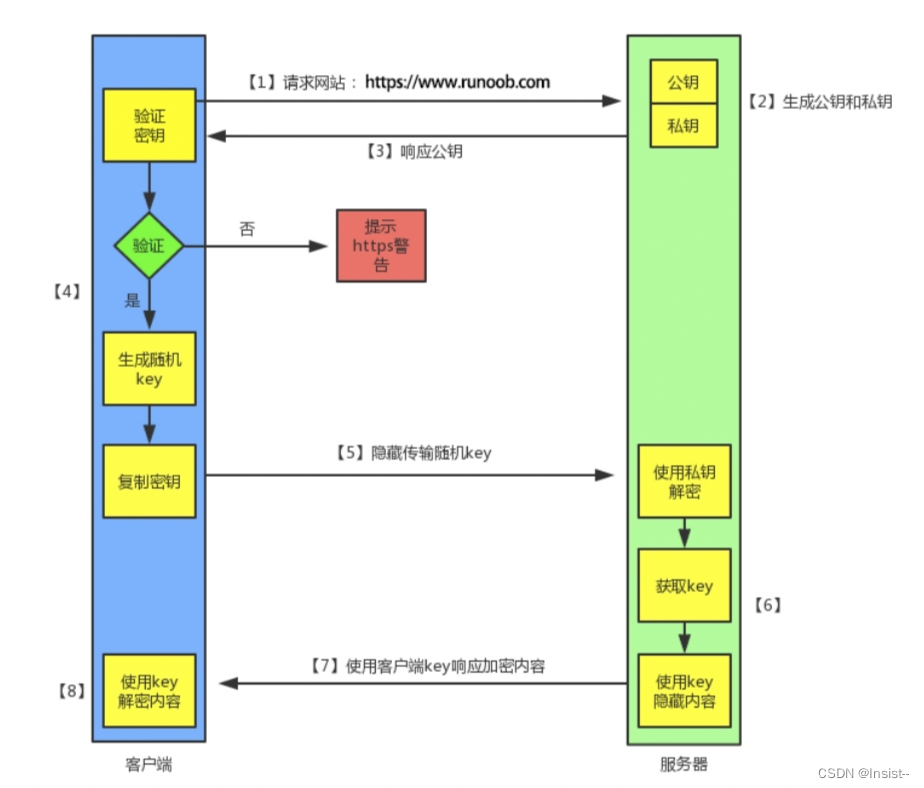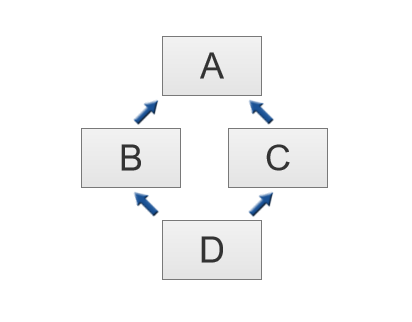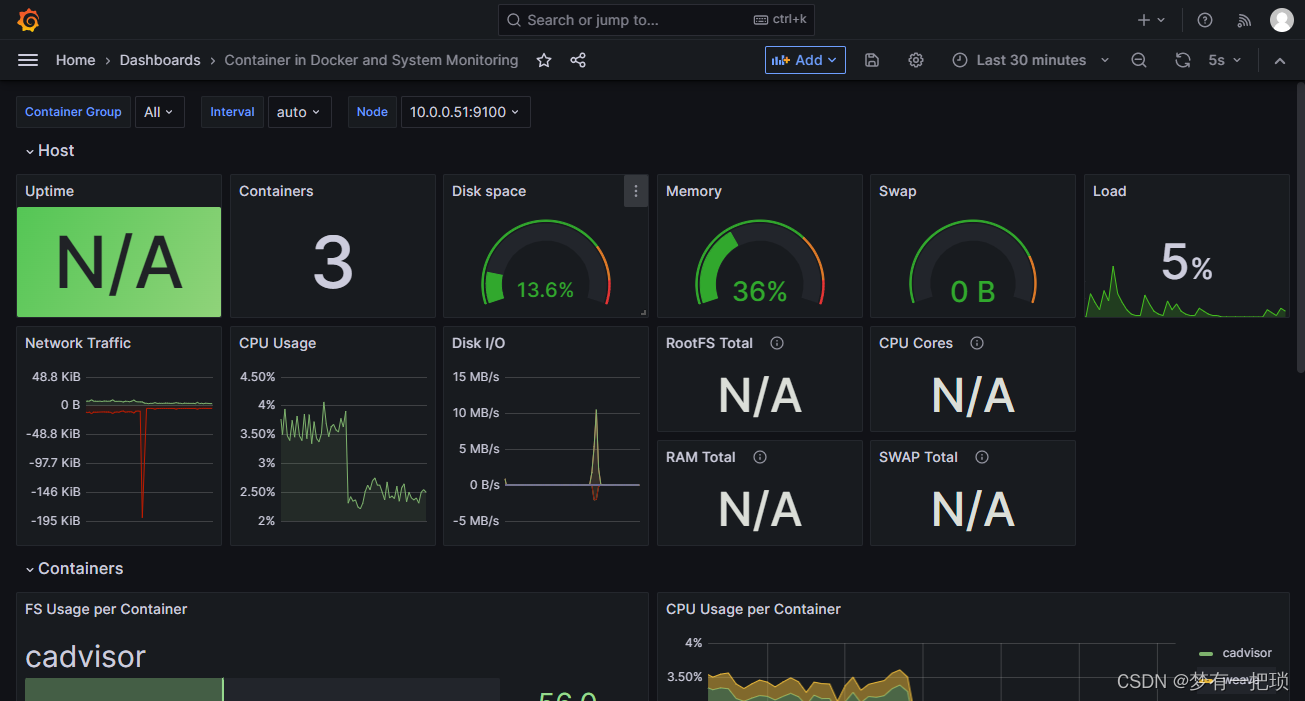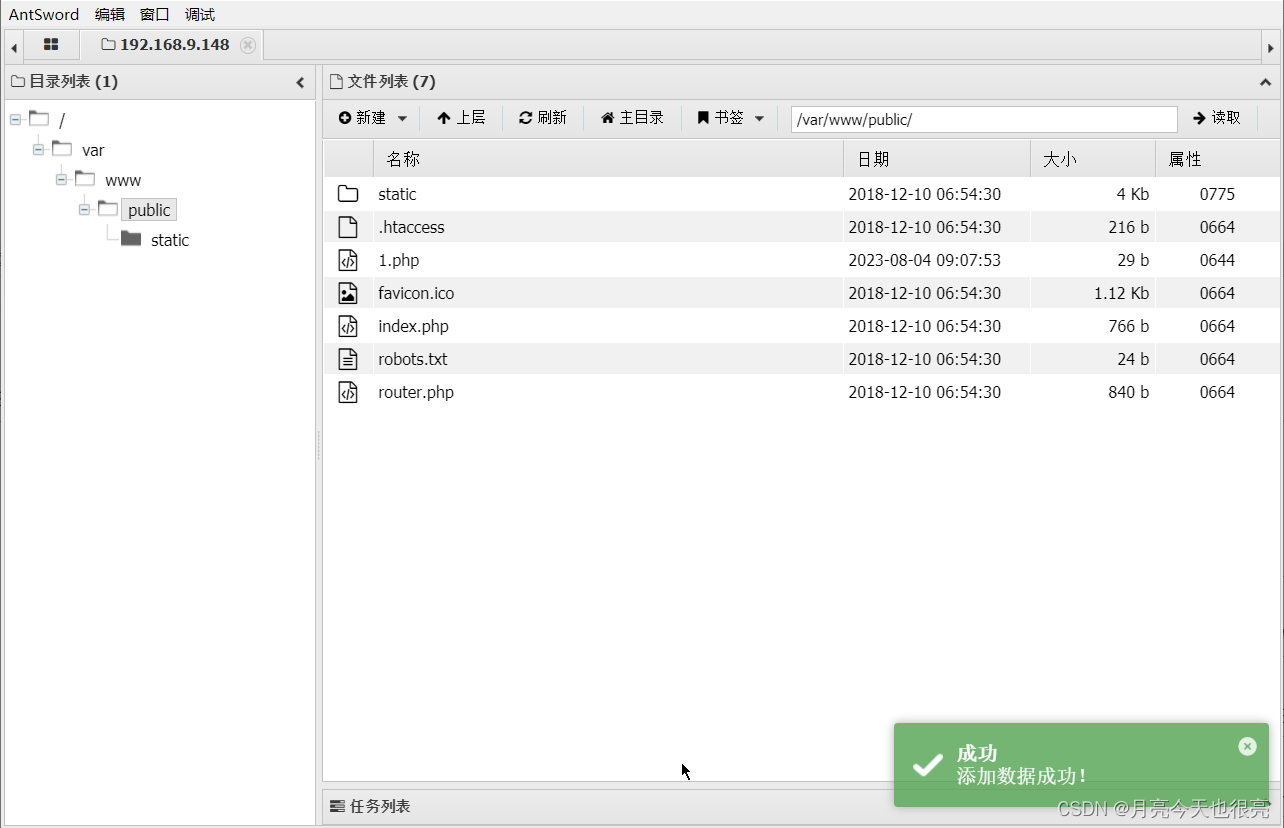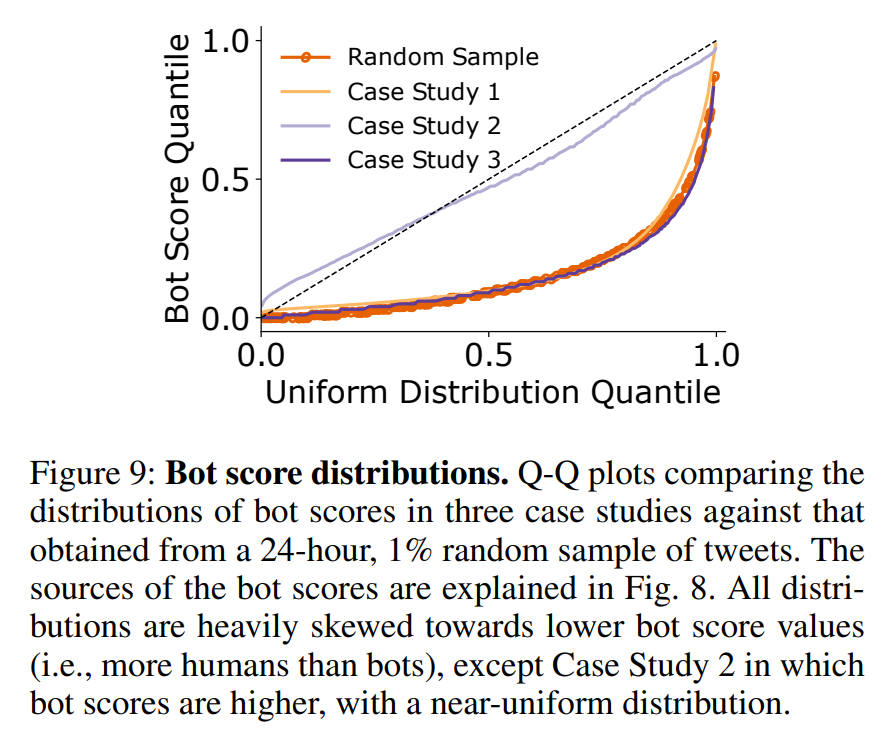这里介绍一下Flink Sink中jdbc sink的使用方法,以mysql为例,这里代码分为两种,事务和非事务
- 非事务代码
import org.apache.flink.connector.jdbc.JdbcConnectionOptions;
import org.apache.flink.connector.jdbc.JdbcExecutionOptions;
import org.apache.flink.connector.jdbc.JdbcSink;
import org.apache.flink.connector.jdbc.JdbcStatementBuilder;
import org.apache.flink.streaming.api.datastream.DataStreamSource;
import org.apache.flink.streaming.api.environment.StreamExecutionEnvironment;
import org.apache.flink.streaming.api.functions.sink.SinkFunction;import java.sql.PreparedStatement;
import java.sql.SQLException;/*** @Author: J* @Version: 1.0* @CreateTime: 2023/8/2* @Description: 测试**/
public class FlinkJdbcSink {public static void main(String[] args) throws Exception {// 构建流环境StreamExecutionEnvironment env = StreamExecutionEnvironment.getExecutionEnvironment();// 这里使用的是自定义数据源CustomizeBean(name,age,gender,hobbit),为了方便测试,换成任何数据源都可,只要和最后的要写入的表结构匹配即可DataStreamSource<CustomizeBean> customizeSource = env.addSource(new CustomizeSource());// 构建jdbc sinkSinkFunction<CustomizeBean> jdbcSink = JdbcSink.sink("insert into t_user(`name`, `age`, `gender`, `hobbit`) values(?, ?, ?, ?)", // 数据插入sql语句new JdbcStatementBuilder<CustomizeBean>() {@Overridepublic void accept(PreparedStatement pStmt, CustomizeBean customizeBean) throws SQLException {pStmt.setString(1, customizeBean.getName());pStmt.setInt(2, customizeBean.getAge());pStmt.setString(3, customizeBean.getGender());pStmt.setString(4, customizeBean.getHobbit());}}, // 字段映射配置,这部分就和常规的java api差不多了JdbcExecutionOptions.builder().withBatchSize(10) // 批次大小,条数.withBatchIntervalMs(5000) // 批次最大等待时间.withMaxRetries(1) // 重复次数.build(), // 写入参数配置new JdbcConnectionOptions.JdbcConnectionOptionsBuilder().withDriverName("com.mysql.jdbc.Driver").withUrl("jdbc:mysql://lx01:3306/test_db?useSSL=false").withUsername("root").withPassword("password").build() // jdbc信息配置);// 添加jdbc sinkcustomizeSource.addSink(jdbcSink);env.execute();}
}
- 事务代码
import com.mysql.cj.jdbc.MysqlXADataSource;
import org.apache.flink.connector.jdbc.JdbcExactlyOnceOptions;
import org.apache.flink.connector.jdbc.JdbcExecutionOptions;
import org.apache.flink.connector.jdbc.JdbcSink;
import org.apache.flink.connector.jdbc.JdbcStatementBuilder;
import org.apache.flink.streaming.api.CheckpointingMode;
import org.apache.flink.streaming.api.datastream.DataStreamSource;
import org.apache.flink.streaming.api.environment.CheckpointConfig;
import org.apache.flink.streaming.api.environment.StreamExecutionEnvironment;
import org.apache.flink.streaming.api.functions.sink.SinkFunction;
import org.apache.flink.util.function.SerializableSupplier;import javax.sql.XADataSource;/*** @Author: J* @Version: 1.0* @CreateTime: 2023/8/2* @Description: 测试**/
public class FlinkJdbcSink {public static void main(String[] args) throws Exception {// 构建流环境StreamExecutionEnvironment env = StreamExecutionEnvironment.getExecutionEnvironment();// 这里使用的是自定义数据源CustomizeBean(name,age,gender,hobbit),为了方便测试,换成任何数据源都可,只要和最后的要写入的表结构匹配即可DataStreamSource<CustomizeBean> customizeSource = env.addSource(new CustomizeSource());// 每20秒作为checkpoint的一个周期env.enableCheckpointing(20000);// 两次checkpoint间隔最少是10秒env.getCheckpointConfig().setMinPauseBetweenCheckpoints(10000);// 程序取消或者停止时不删除checkpointenv.getCheckpointConfig().setExternalizedCheckpointCleanup(CheckpointConfig.ExternalizedCheckpointCleanup.RETAIN_ON_CANCELLATION);// checkpoint必须在60秒结束,否则将丢弃env.getCheckpointConfig().setCheckpointTimeout(60000);// 同一时间只能有一个checkpointenv.getCheckpointConfig().setMaxConcurrentCheckpoints(1);// 设置EXACTLY_ONCE语义,默认就是这个env.getCheckpointConfig().setCheckpointingMode(CheckpointingMode.EXACTLY_ONCE);// checkpoint存储位置env.getCheckpointConfig().setCheckpointStorage("file:///Users/xxx/data/testData/checkpoint");// 构建ExactlyOne sink,要注意使用exactlyOnceSink需要开启checkpointSinkFunction<CustomizeBean> exactlyOneJdbcSink = JdbcSink.exactlyOnceSink("insert into t_user(`name`, `age`, `gender`, `hobbit`) values(?, ?, ?, ?)", // 数据插入sql语句(JdbcStatementBuilder<CustomizeBean>) (pStmt, customizeBean) -> {pStmt.setString(1, customizeBean.getName());pStmt.setInt(2, customizeBean.getAge());pStmt.setString(3, customizeBean.getGender());pStmt.setString(4, customizeBean.getHobbit());}, // 字段映射配置,这部分就和常规的java api差不多了JdbcExecutionOptions.builder().withMaxRetries(0) // 设置重复次数.withBatchSize(25) // 设置批次大小,数据条数.withBatchIntervalMs(1000) // 批次最大等待时间.build(),JdbcExactlyOnceOptions.builder()// 这里使用的mysql,所以要将这个参数设置为true,因为mysql不支持一个连接上开启多个事务,oracle是支持的.withTransactionPerConnection(true).build(),(SerializableSupplier<XADataSource>) () -> {// XADataSource 就是JDBC连接,不同的是它是支持分布式事务的连接MysqlXADataSource mysqlXADataSource = new MysqlXADataSource();mysqlXADataSource.setUrl("jdbc:mysql://lx01:3306/test_db?useSSL=false"); // 设置urlmysqlXADataSource.setUser("root"); // 设置用户mysqlXADataSource.setPassword("password"); // 设置密码return mysqlXADataSource;});// 添加jdbc sinkcustomizeSource.addSink(exactlyOneJdbcSink);env.execute();}
}
- pom依赖
<!-- 在原有的依赖中加入下面两个内容 --><!-- JDBC connector --><dependency><groupId>org.apache.flink</groupId><artifactId>flink-connector-jdbc</artifactId><version>${flink.version}</version></dependency><!-- mysql驱动 --><dependency><groupId>mysql</groupId><artifactId>mysql-connector-java</artifactId><version>8.0.28</version></dependency>
- 结果
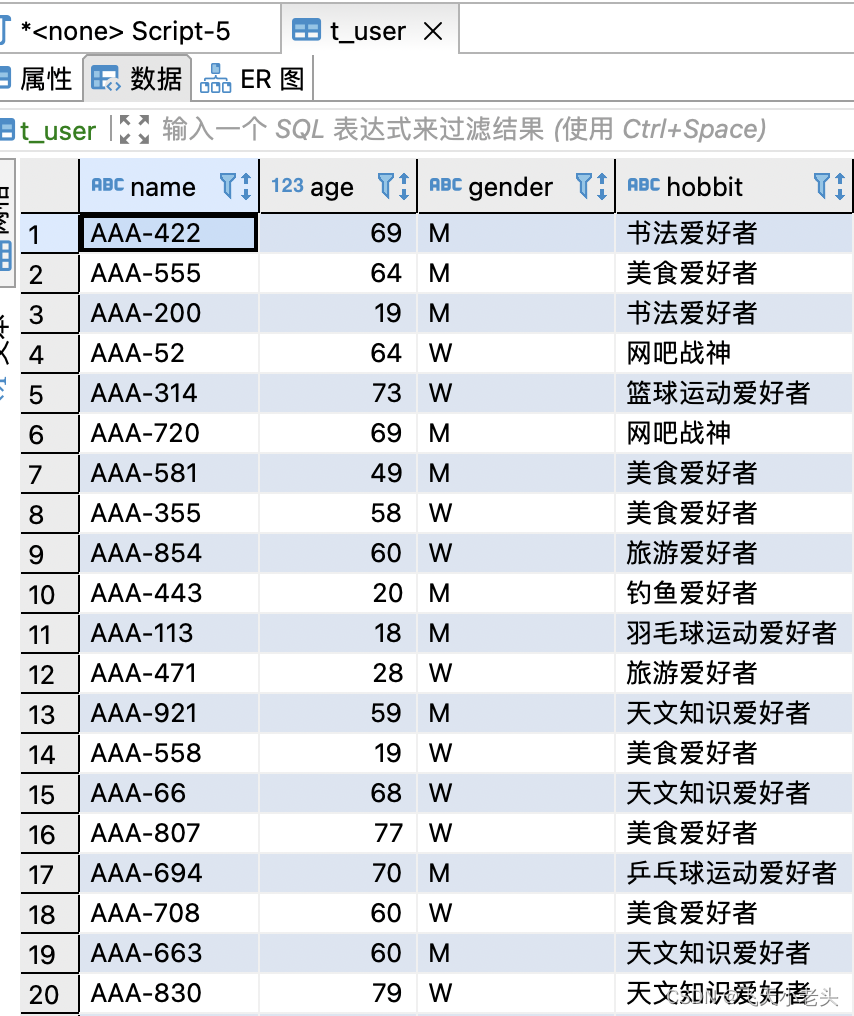
jdbc sink的具体使用方式大概就这些内容,还是比较简单的,具体应用还要结合实际业务场景.



